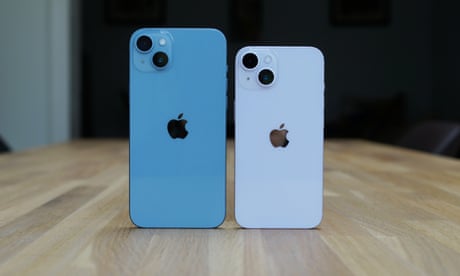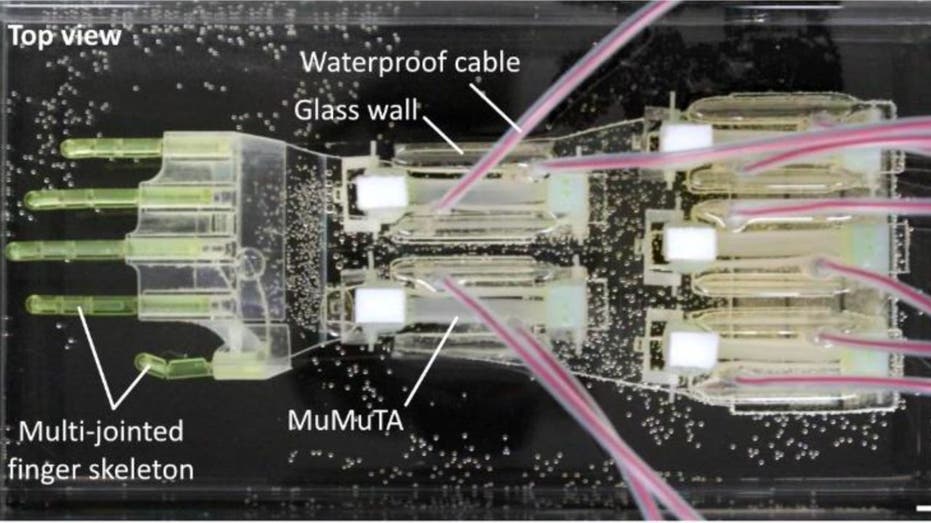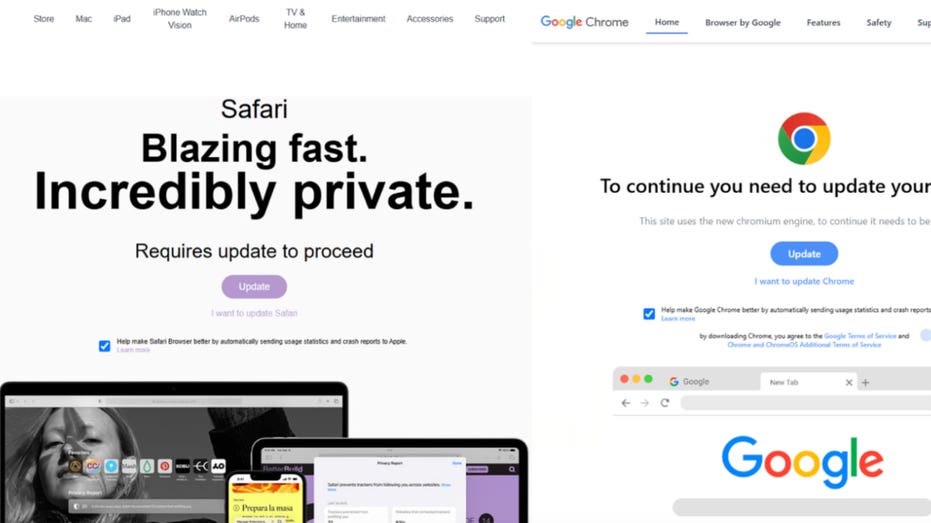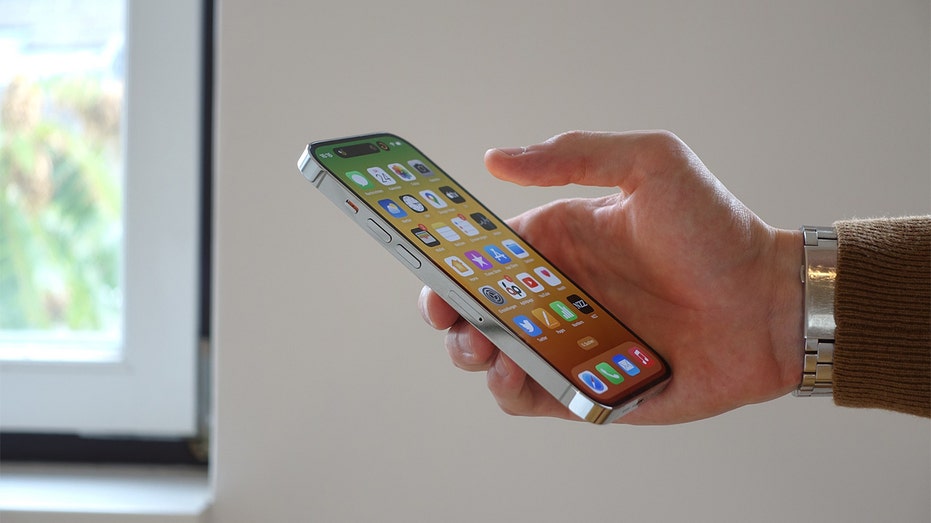- by foxnews
- 04 Mar 2025
Guardian tech reviews in 2022: better to repair and longer-lasting devices
Guardian tech reviews in 2022: better to repair and longer-lasting devices
- by theguardian
- 31 Dec 2022
- in technology

With a year full of pressures on our wallets, comfort and climate, technology took a back seat in 2022. But change for the better is slowly happening as big tech firms wake up to the demands of consumers wanting better, longer-lasting and more sustainable devices.
One side-effect of the tightening economy was the acceleration of the trend for the reuse of devices. Trade-ins for new purchases exploded in availability as manufacturers and retailers sought to encourage sales, frequently offering deep discounts in exchange for old devices that would then be refurbished, resold or recycled to recoup any residual value.
Ensuring devices remain in use for as long as possible is the best option for the planet and wallet alike. People are holding on to their phones for an average of 4.2 years, according to data from CCS Insight, making access to affordable and effective repair options crucial.
It is not quite the ideal of modular, user-repairable design demonstrated by the Fairphone 4 in 2021. But the shift from Apple is a big deal because the iPhone sells in greater numbers than any other phone and typically where it goes, industry follows.
Apple also expanded its DIY repair programme to the UK and Europe in December. Taking apart an iPhone or Mac is not recommended for novices, but the move provides easier access to genuine replacement parts and repair manuals for technicians. Apple is still using digital lockdowns to hamper unauthorised repairs, so there is more work to be done.
One of the highlights of the year was the Framework Laptop, which actually delivered on its promise of a notebook PC that you could take apart to not only repair but upgrade yourself. Not only was the first version a surprisingly good laptop, the company kept its promise and made available components to upgrade its 11th-gen Intel chips to the latest 12th-gen models. Long may it continue.
Improving efficiency so you do not have to charge the battery as often is one way of making it last longer. But changing the construction of the battery and implementing systems to preserve its health during charging can stave off degradation for longer, too. OnePlus put a battery in the recent 10T that can hold at least 80% charge for 1,600 full cycles, effectively making the phone last at least 6.5 years.
Sadly the firm only supports the 10T with four years of Android updates from release meaning that, while the hardware may be capable of working for longer, the phone should not be used after August 2026 due to potential security problems.
Software support remains a particular problem for phones. While Apple, Google and Samsung provide at least five years of security updates for their high-end and mid-range phones, there are many more that cap out at as little as two years, which is pitiful. The longer a phone receives software support the longer it can stay in circulation even if that means with a second or third owner.
The drive to improve battery life of portable devices has had a knock-on effect on the efficiency of plugged-in devices, too, as they typically use similar chips and technology.
With the cost of living crisis throwing a spotlight on energy usage, this is a positive trend that is only going to continue.
- by foxnews
- descember 09, 2016
Bus travel sees 'steady growth' as flyers seek alternative transportation
People who ride on airplanes might rely on alternative transportation for a number of reasons. A CEO of a bus travel company shares insights with Fox News Digital.
read more





